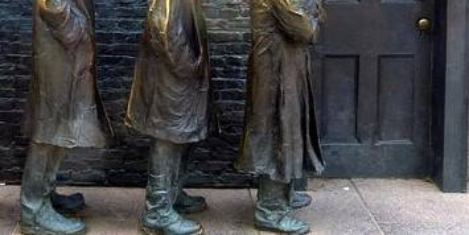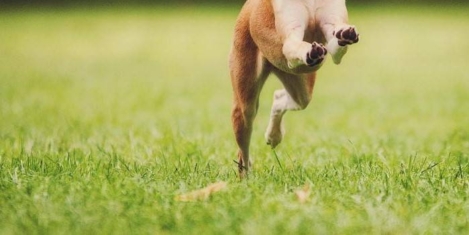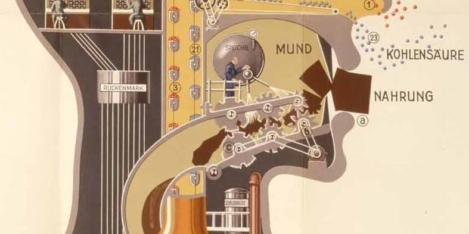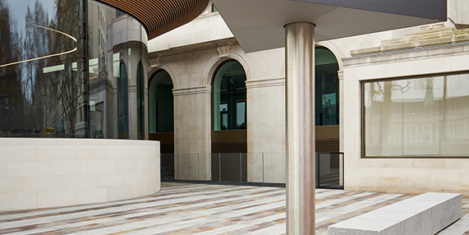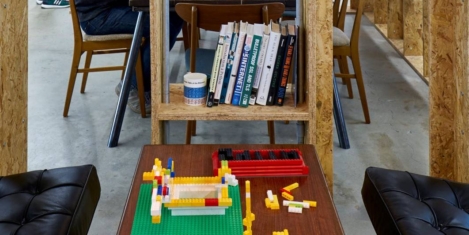May 1, 2017
Government should end bogus gig economy jobs, claims parliamentary report 0
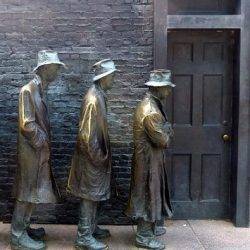 Companies operating in the gig economy and relying on supposedly self-employed workers are denying workers their rights and freeloading on the welfare state, according to a new report from The Commons Work and Pensions Committee. The report cites what it calls “appalling practices” in its inquiry into self-employment and the gig economy. The committee said the numbers of self employed had grown to 5m, or 15 per cent of all UK workers in recent years, fuelled in large parts by the firms like Uber and Deliveroo, whose business models rely on a largely self-employed workforce. In its report the Work and Pensions Committee says Government must close the loopholes that are currently allowing “bogus” self-employment practices, which are potentially creating an extra burden on the welfare state while simultaneously reducing the tax contributions that sustain it.
Companies operating in the gig economy and relying on supposedly self-employed workers are denying workers their rights and freeloading on the welfare state, according to a new report from The Commons Work and Pensions Committee. The report cites what it calls “appalling practices” in its inquiry into self-employment and the gig economy. The committee said the numbers of self employed had grown to 5m, or 15 per cent of all UK workers in recent years, fuelled in large parts by the firms like Uber and Deliveroo, whose business models rely on a largely self-employed workforce. In its report the Work and Pensions Committee says Government must close the loopholes that are currently allowing “bogus” self-employment practices, which are potentially creating an extra burden on the welfare state while simultaneously reducing the tax contributions that sustain it.





